42 shortlisted photographers have been announced for The Gomma Photography Grant – a prize for emerging image-makers
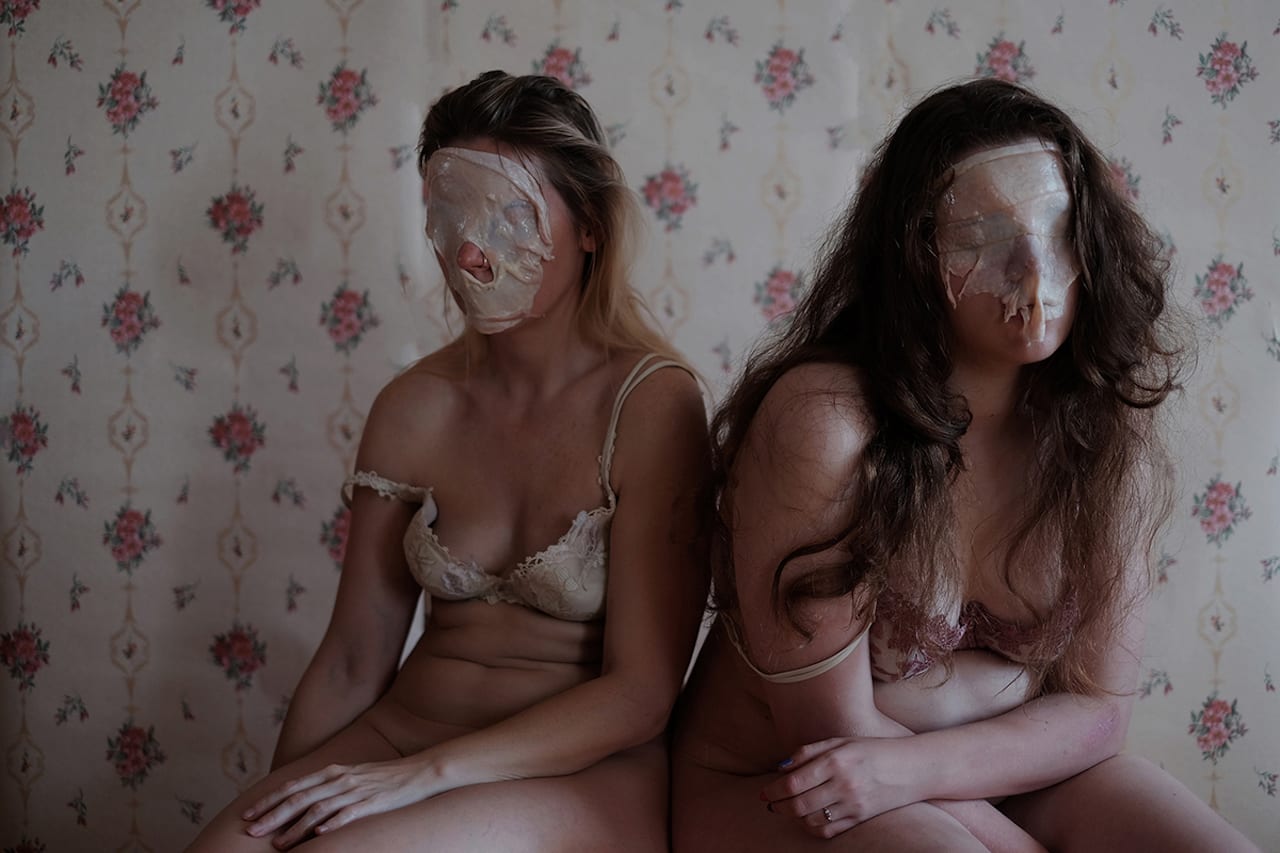

42 shortlisted photographers have been announced for The Gomma Photography Grant – a prize for emerging image-makers
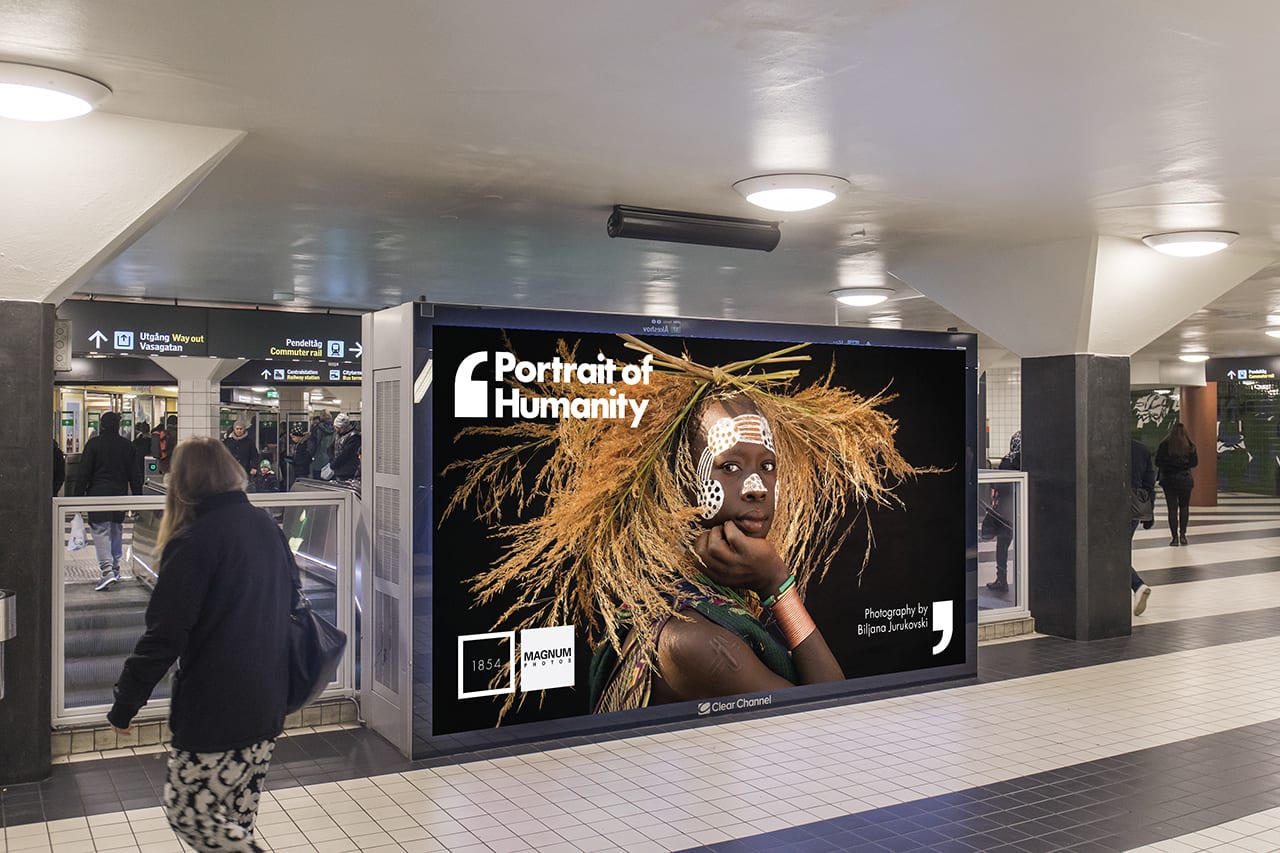
We may have only just finished welcoming entries to Portrait of Humanity, but we are…
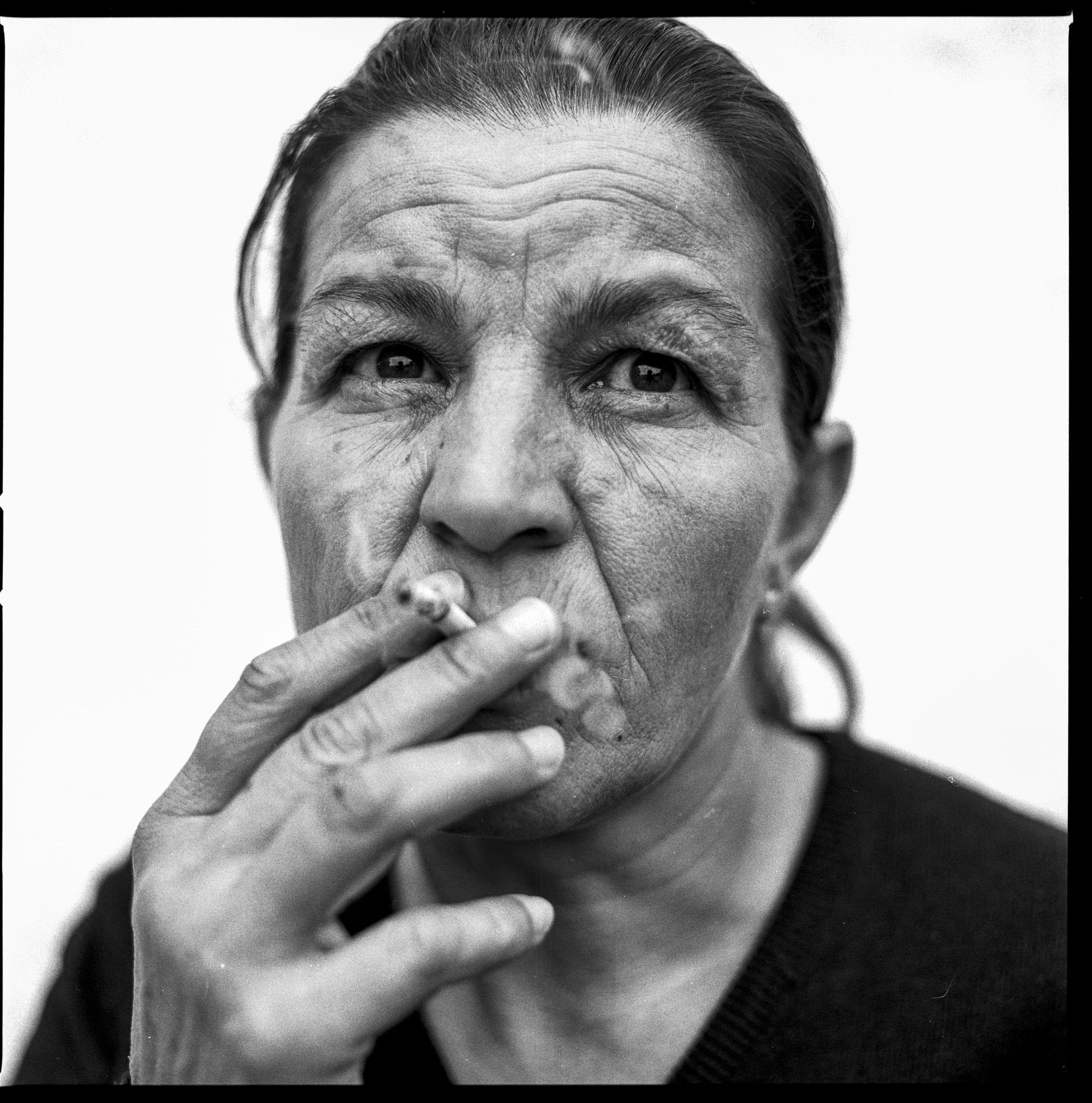
Portrait of Humanity provides photographers with the chance to share portraits of everyday life around…

When filmmaker Lee Shulman bought a box of vintage slides from Ebay, he was hoping…

David Levene has spent many years photographing for The Guardian, and in particular for their…
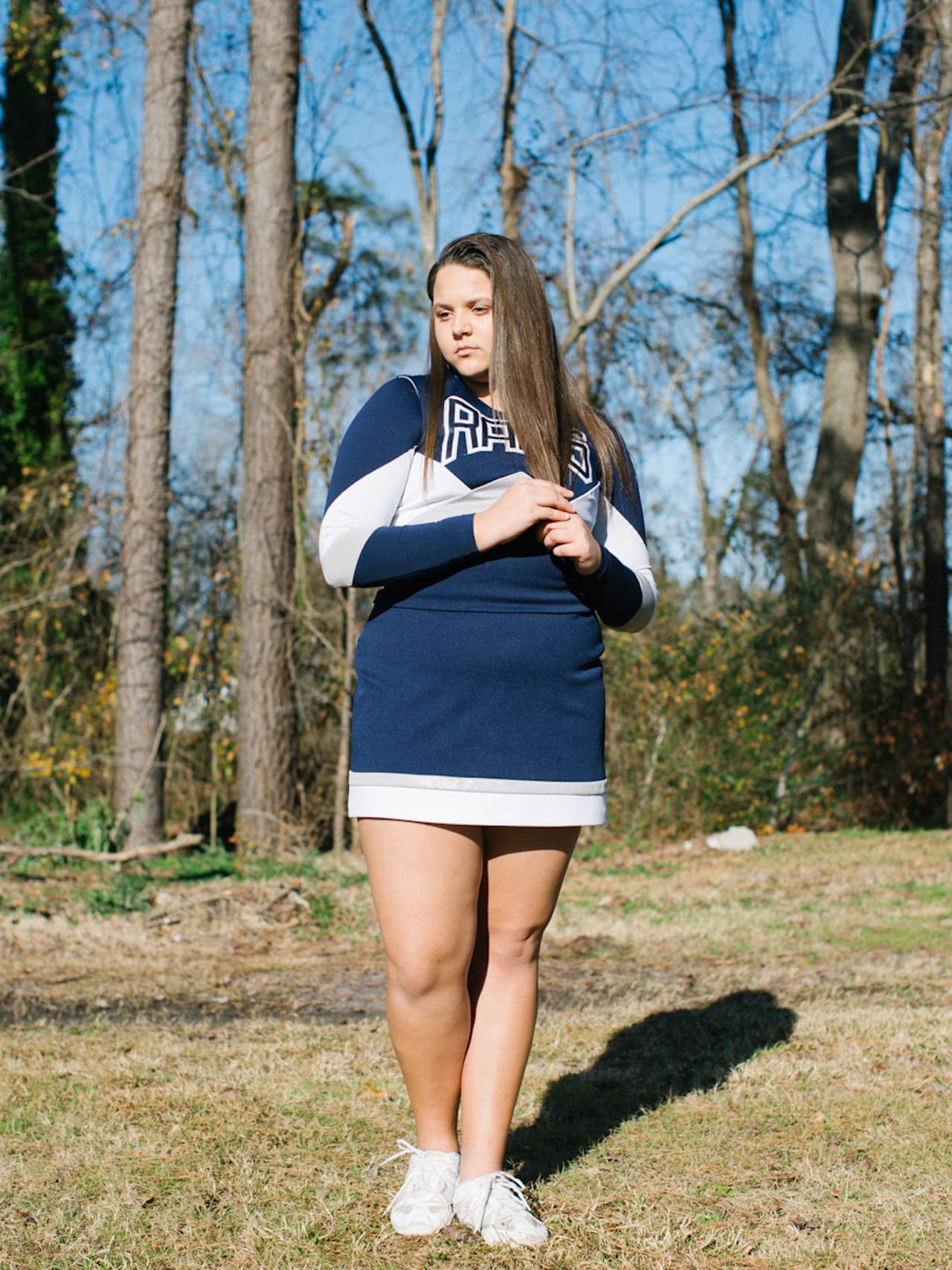
BJP-online Loves Maria Sturm’s You don’t look Native to me, Jean-Vincent Simonet’s psychedelic images of Tokyo, Roger Melis’ photographs of East Germany, Dawoud Bey’s exhibition Places in History, and the fact that MACK’s First Book Award is now open-entry
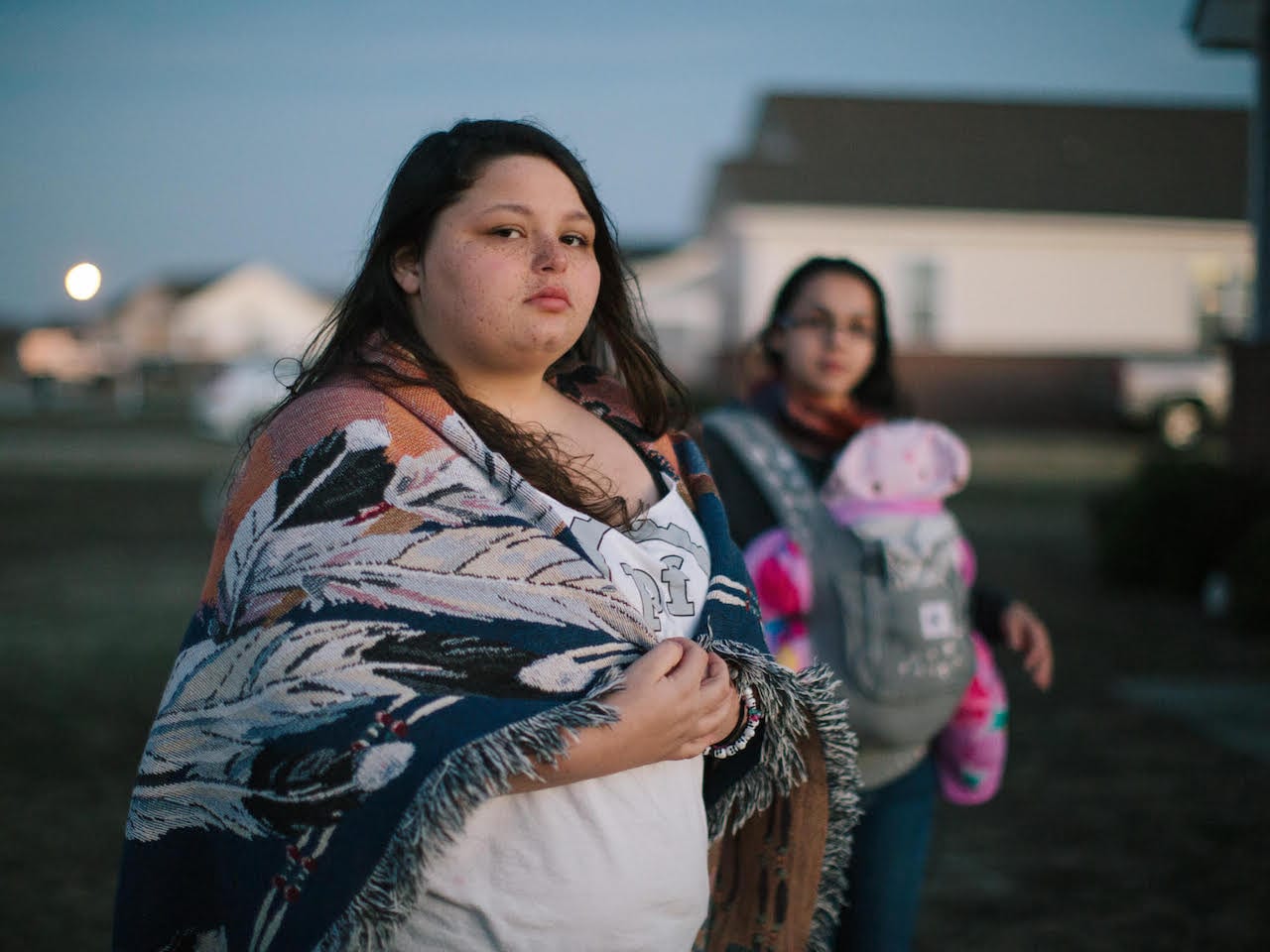
“It’s a bit hard to find words for this – You don’t look Native to me won the PHmuseum Women Photographers Grant,” says Maria Sturm. “I feel exponentially happy and glad to be sharing the list with other women photographers whose work I admire.”
Sturm has won the prize in a strong year for the PHmuseum Women Photographers Grant, with the 31 shortlisted photographers including Magnum Photos’ Diana Markosian, Sputnik Photos’ Karolina Gembara, and Taylor Wessing Photographic Portrait Prize-winner Alice Mann. But her long-term project You don’t look Native to me, which shows young Native Americans in Pembroke, North Carolina impressed the judges with its sensitive approach to its subjects.

The paradox of otherness is at the core of Maria Sturm’s You don’t look Native to me. Her subjects belong to the Lumbee Tribe of North Carolina, the largest tribe in the region with around 55,000 members, with their name taken from the Lumber River of Robeson County. Starting in 2011, Romania-born, Germany-raised Sturm spent time in Pembroke, the economic, cultural and political centre of the tribe, photographing their daily lives. It opened up questions about visibility, identity and stereotype in the US, where Native Americans are romanticised yet often dismissed. Many tribes remain officially unrecognised, though the sense of identity within the communities is very strong.
On her first visit, Sturm was struck by two aspects. “One was that almost everyone I talked to introduced themselves with their names and their tribe. The other was the omnipresence of Native American symbolism: on street signs, pictures on walls, on cars, on shirts and as tattoos.” She attended powwows (where leaders pray to Jesus, another surprise to Sturm) and spent time with locals.